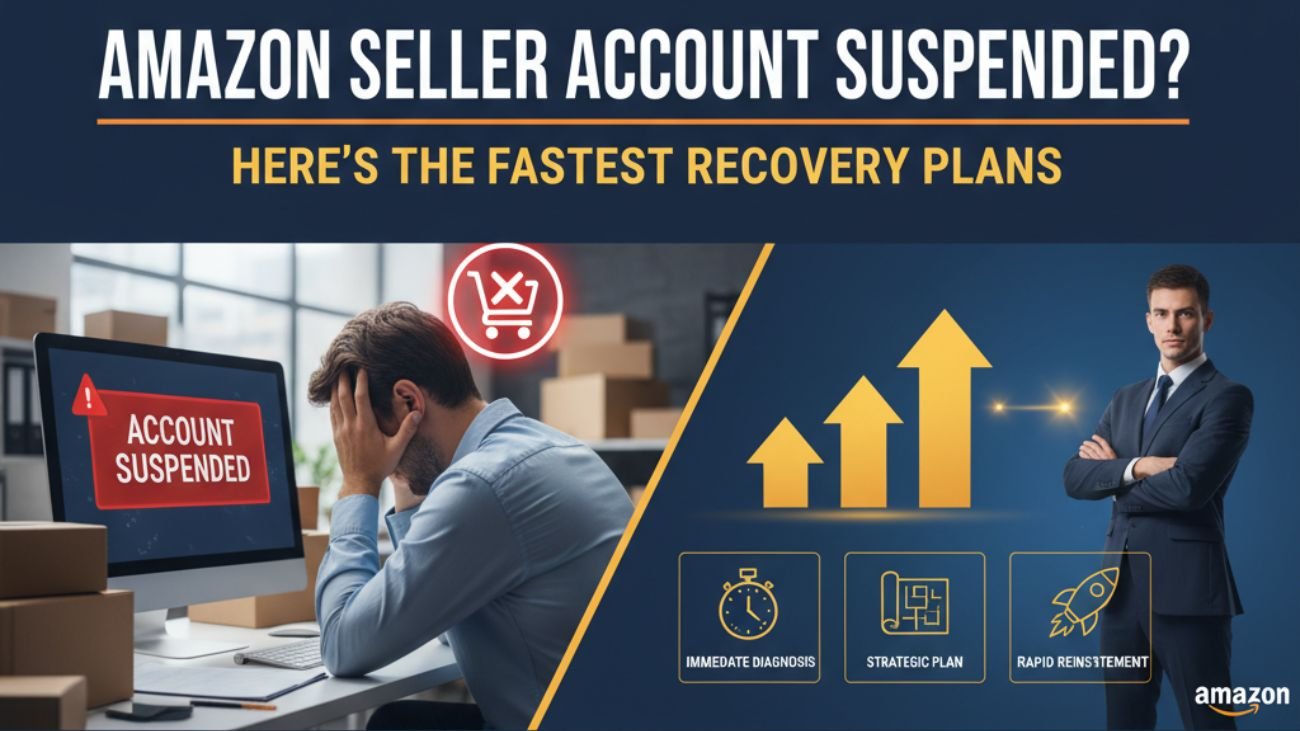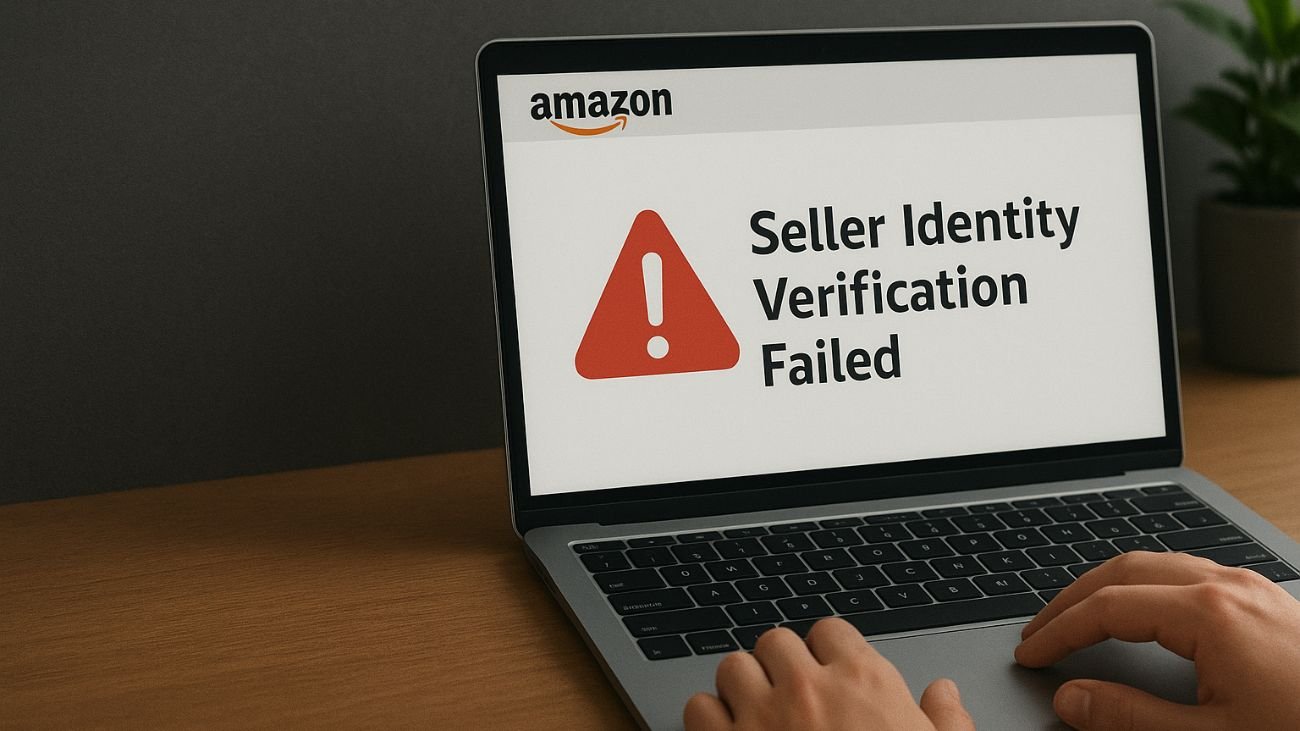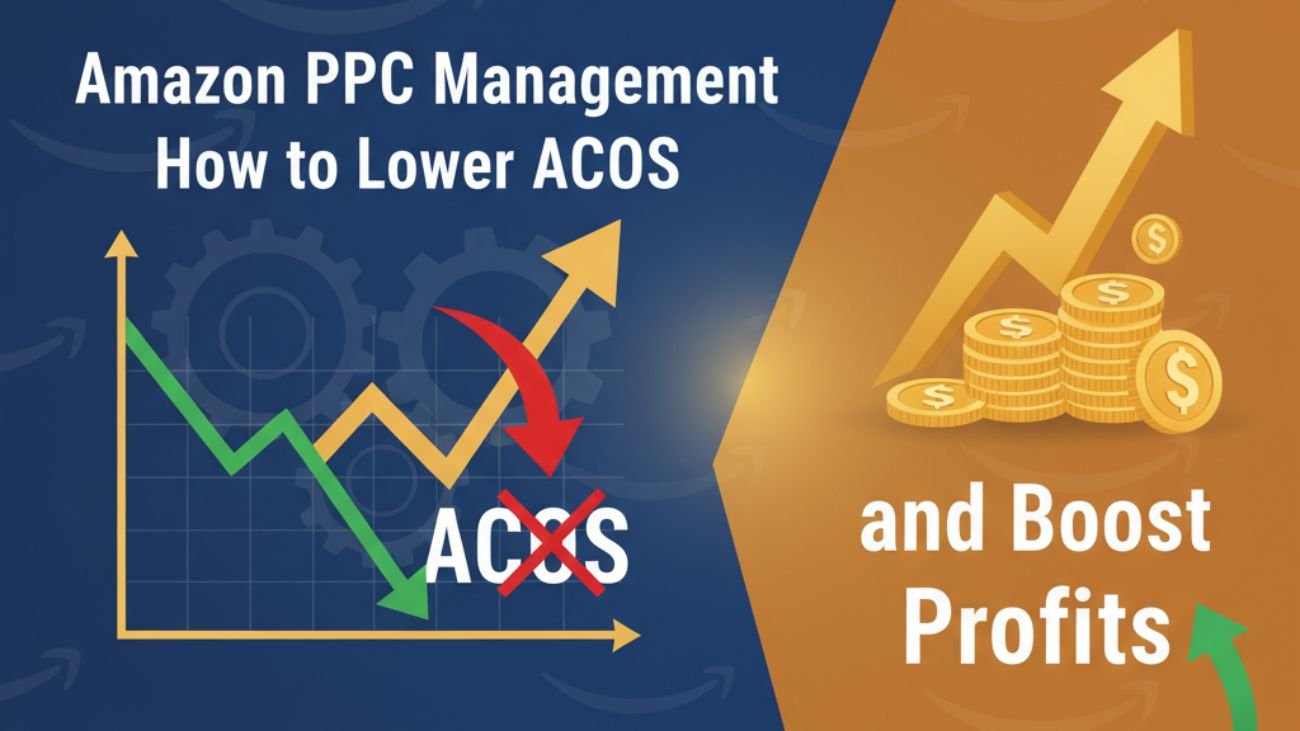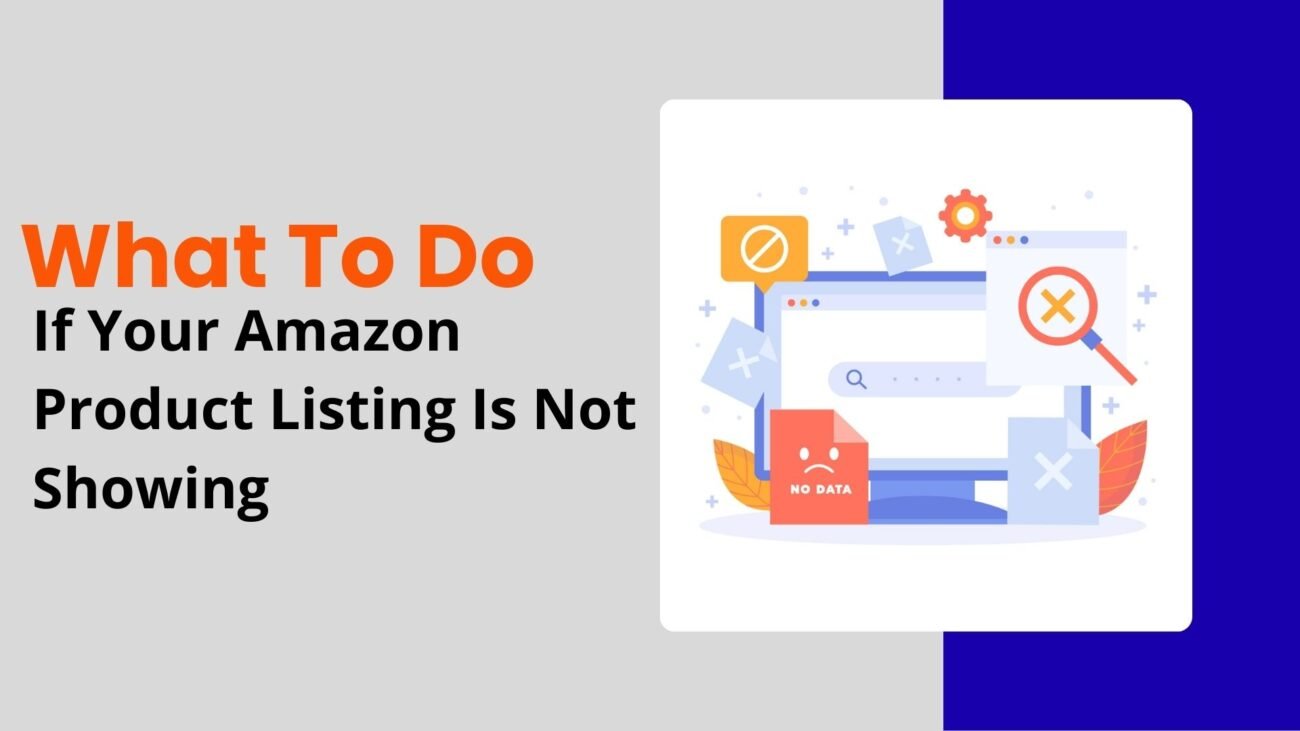Top 10 Mistakes New Amazon Sellers Make (And How to Avoid Them)
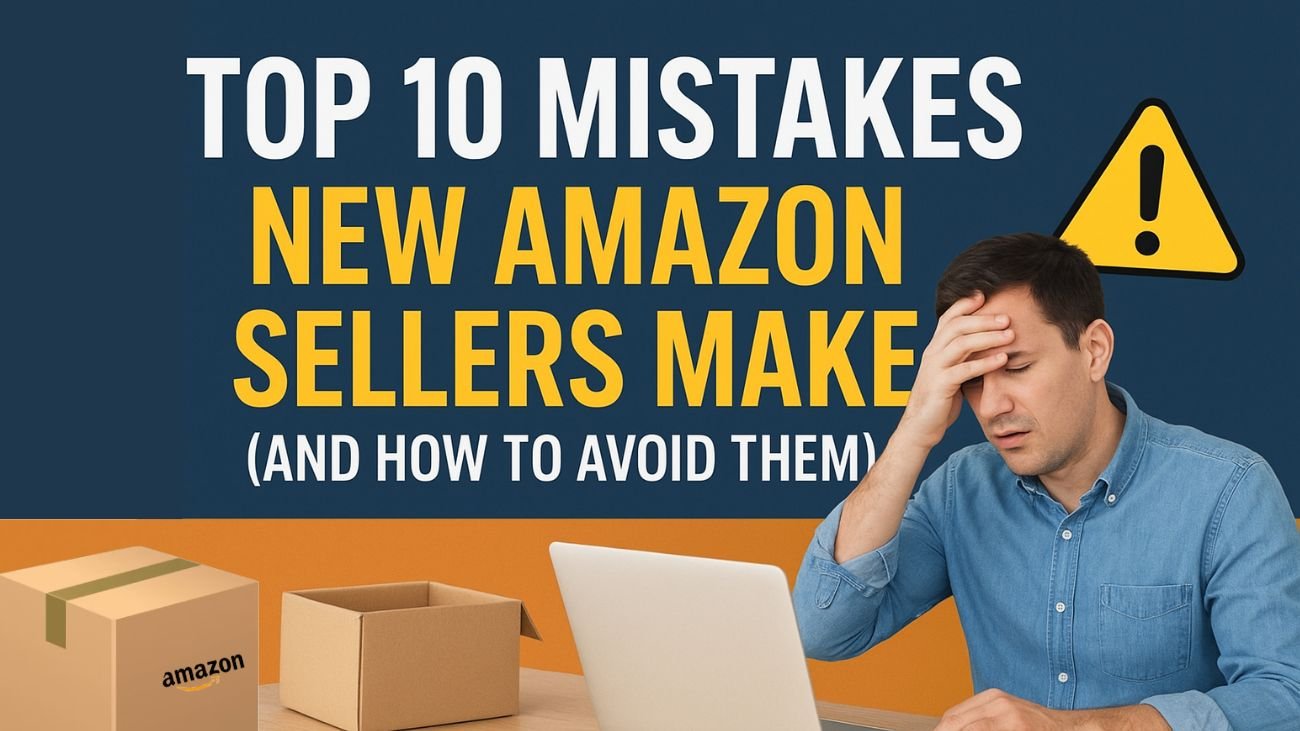
Starting a business on Amazon can be exhilarating, but it can also be full of hidden hazards that can surprise new sellers. Amazon is an excellent marketplace for both potential customers to entrepreneurs, but the learning curve for sellers is steep. Bottom line, most first-time sellers make an expensive mistake that negatively affects their sales, rankings, and even future growth.
Here are 10 common mistakes new sellers make, and how you can avoid each one. You can seek professional help from an Amazon account management agency and leverage their expertise in this field.
1. Selecting the Wrong Product Category
The most common error new sellers make is jumping into the wrong product category. A new seller may pick a category that is overly competitive (e.g., phone cases) or that is low-demand and sells very little. Wasted time and money, regardless of the product category.
How to avoid it:
Always analyze the data; don’t go with your gut feeling. Look for product ideas that help solve a real problem, products with consistent sales with demand year-round, and with opportunities for branding and product design improvements.
2. Lack of Listing Optimization
A lot of new sellers think their product will sell itself. Without optimization, however, your listing will not be shown in front of shoppers. Remember that over 70% of buyers will never click beyond page one, which means a weak listing is a lack of visibility.
How to avoid it:
Optimize your title, bullets, and backend keywords for keyword research. Use high-quality images to improve search rankings and ultimately result in conversions.
3. Expecting Overnight Results
Many sellers expect overnight results. When you don’t see sales in the first month, frustration sets in and most sellers give up too soon.
How to avoid it:
Adopt a long-game mentality. Amazon takes time to generate sales. You have to be patient, and keep optimizing. You are committed to your business as a marathon and not a sprint. You need to think you will not see profit for a period of time, but growth will occur.
4. Mistakes with Inventory Management
Running out of inventory is a double whammy: not only do you lose sales (the ultimate goal), but you also lose the ranking and authority that comes along with consistent sales and ideally, organic sales.
How to avoid it:
Keep a close watch on your sell-through rates as well as using inventory management technology. Recurring inventory orders should be placed with a 30–45 day inventory supply remaining. Predicting your future sales would allow you not to run out of stock while trying to be smart with your capital. Hire an Amazon account management agency for smooth operations.
5. Not Enrolling in Brand Registry
If you don’t register your brand with Amazon Brand Registry, it limits the protection a seller has against hijackers, counterfeiters, and making changes to your listing. New sellers often think this Brand Registry is only important for larger brands, but that mindset can be a costly mistake.
How to avoid it:
You can file your trademark in advance and then register with Brand Registry as soon as possible. It provides a higher level of control over your listing, as well as A+ Content and improved protection against intellectual property violations.
6. Discounting Advertising in the Early Days
Some sellers avoid spending money on advertising in the beginning to save cost; however, by doing that, they limit product visibility. An advertising budget is crucial for getting your listing the attention it needs to gain traction in a very competitive space.
How to avoid it:
Launch a Sponsored Products campaign when you go live with your listing. Start with an automated targeting campaign to collect data to further optimize your campaigns with manual targeting ads. Keeping watch on your ACoS (Advertising Cost of Sales) on a weekly basis will give you the ability to take action and manage your campaigns, while still optimizing it continuously.
7. Not Taking Advantage of Seasonal and Promotions Events
Prime Day, sales in Q4 and Lightning Deals can lead to an incredible sales amount. New sellers sometimes simply look over these events or they have not correctly prepared the inventory to take advantage of their opportunities fully.
How to avoid it:
Make a calendar of Amazon events. Stock up ahead of time, optimize your pricing strategies, and run promotions that get the attention of buyers. These times can mean a significant portion of your revenue for the year.
8. Panic at the Unpredictable
Being on Amazon can be unpredictable: policy changes, sudden suspensions, and listing removals are all part of the experience. New sellers panic and react impulsively after these types of setbacks.
How to avoid:
Stay calm, and defer to the setback as part of the experience. Focus not on getting frustrated and panicking, but on impression and resolving. Start a stand up habit of documenting the issues, contacting Seller Support and being direct and realistic about what’s happening and determining strategy from moving forward.
9. Reviews matter:
95% of purchasers check out reviews before they buy. But buying fake reviews is a serious violation of Amazon policies, and it could get your seller account suspended.
How to avoid it:
Use compliant means. Use the “Request a Review” button that Amazon provides; provide excellent service to getting an experience that inspires a customer to leave a review; or utilize a follow up card that asks customers (noting you do not direct them in any way) to consider leaving feedback (as long as it is in policy). Over time, you will build trust and credibility with reviews.
10. Unfamiliarity with Amazon’s Guidelines
Many new sellers jump on Amazon without reviewing the platform’s policies in detail. These sellers may not realize it, but they could also be inadvertently compromising themselves. Common activities that sellers struggle with include listing restricted products, using restricted keywords, and communicating with customers inappropriately. These activities can result in listing suppression and in some cases, seller account suspension.
How to avoid it:
Take a break and read through Amazon’s policies for sellers. Read through category-specific guidelines and restricted product lists. Monitor the notifications from seller central, and take note of policy changes or amendments from Amazon. When in doubt, reach out to Amazon Seller Support for assistance and clarification before engaging in the listed activity. Compliance is much better than taking a shortcut.
Wrapping Up
The opportunities on Amazon are huge- for sellers who execute on them thoughtfully and with patience. By avoiding these 10 mistakes, you will save several thousand dollars and have saved a few months of time and frustration.
By conducting solid product research (using tools to conduct research helps), optimizing your listings, protecting your brand, inventory management, and budgeting for the long term, you will be ahead of most new sellers. When you add that you are using smart advertising, building listings through repeat customer reviews, and willing to change if the Amazon Space/World has changed, you have set yourself for growth in the future. It’s not luck on Amazon; it’s your preparation, execution, and resilience! Get in touch with an Amazon account management agency today.





